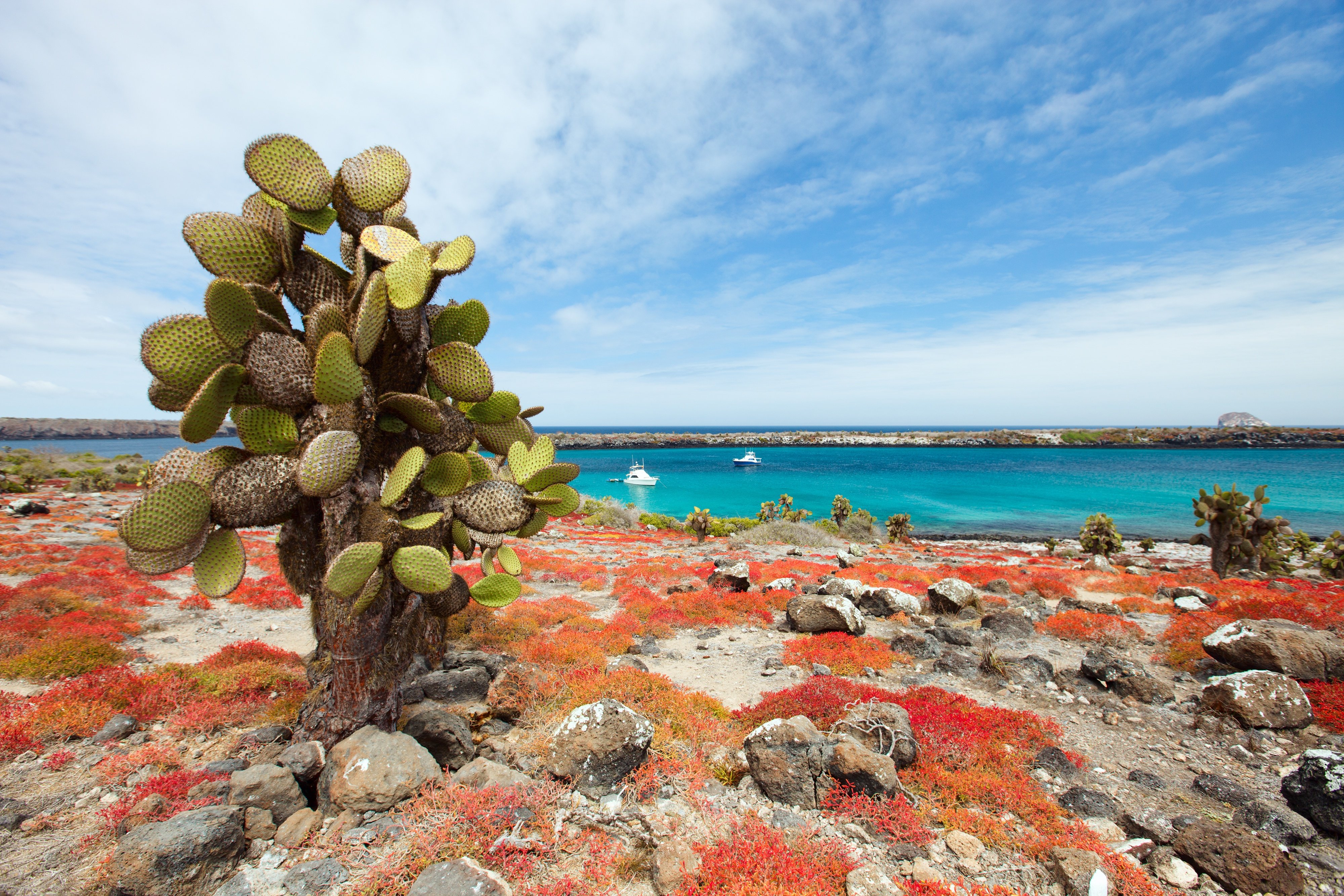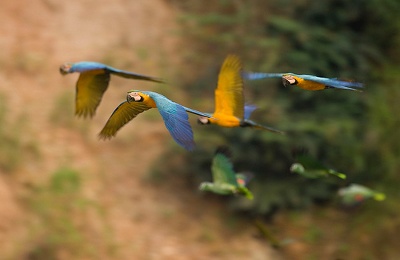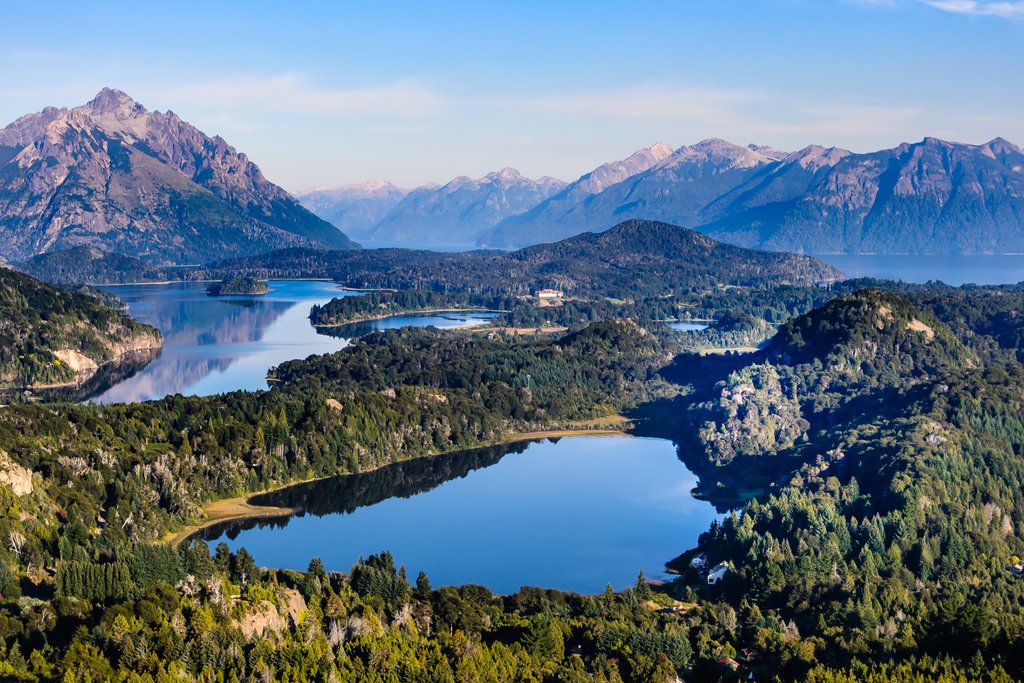Considered Extinct for 113 years: Giant tortoise found in Galápagos
The Chelonoidis Phantasticus tortoise species---assumed extinct for the last 113
years---isn’t extinct after all. According to the Ecuador Ministry of the Environment, the giant tortoise was
found recently on the Galápagos island of Fernandina,
Scientists from the Galápagos National Park and the U.S.-based Galápagos Conservancy followed a feces trail and bite marks on cacti that led to the discovery of the female tortoise. The researchers are optimistic there could be more Chelonoidis Phantasticus tortoises on the island, particularly because the amount and tracks of feces in the area suggest there were more than one tortoise.
Region Led to Darwin's Theory of Evolution
Renowned biologist and naturalist Charles Darwin relied heavily on the resourcefulness of this region to develop his seminal Theory of Evolution. Many scientists and archaeologists alike have since benefited and led to its qualification 40 years ago as a World Heritage Site or landmark area selected by UNESCO (United Nations Educational, Scientific, and Cultural Organization) as having cultural, historical, scientific, or other significance. As such, it is legally protected by international treaties.
The archipelago is situated approximately 622 miles/1000 kilometers from Ecuador’s coastline, home to the La Cumbre volcano, and among the largest archipelagos in the Pacific Ocean. Lava from the La Cumbre volcano covers the entire floor of the archipelago to this day, explaining why the tortoise went extinct in 1906. Additionally, a recent study by a team of Australian researchers reveals that human activity spanning 3,000 years also contributed to the extinction of this precious animal. Our ancestors likely hunted these animals for their skull and shell, thus reducing their populations.
There have been rediscoveries of species considered extinct in the Galapagos archipelago. As in the Chelonoidis Phantasticus, it is not uncommon for these rediscovered species to be endangered today.
Tortoise Skeletons of Similar Species Found in Australia
Australian researchers have found many giant tortoise skeletons along the Australian coastline, but most lack either skulls, shells, or both. The 200-year age of most of the skeletons coincides with the mass settlement of people on the island of Vanuatu, eastern Australia, Ecuador, and other known islands on the Pacific and Indian Oceans. These giant skeletons are assumed to belong to the Chelonoidis Phantasticus or families close to the species.
It is believed the female tortoise’s eggs can be preserved until a male member is sighted. Researchers are clinging to the hope that eventually, one way or the other; the Chelonoidis Phantasticus tortoise will be salvaged.
There was hope that the tortoise would be saved about a decade back when another group of scientists from across the world thought they sighted the animal in Ecuador. They claimed to have discovered feces trails on the island and odd cacti bites, all of which came down to nothing. With that in mind, therefore, one may be forgiven for remaining skeptical about the hope of finding a male Chelonoidis Phantasticus anytime soon.
Again, with the confirmed sighting of the old female after a decade of speculation, there could be hope that within the next ten or so years the reported feces trails will bear positive results.
Going Forward
Finding the rare tortoise changed the species’ status from extinct to endangered, according to
Stuart Pimm, a professor of conservation ecology at Duke University. The professor argued that
although there is hope of reviving the species now more than ever before, more members
need to be found to breed an offspring. Until other members are found, the only known
surviving Chelonoidis Phantasticus tortoise will be conserved in a unique breeding pen in Santa
Cruz specifically designed to accommodate this large breed of tortoise.
British daily newspaper The Guardian reported that the special pen could be the only remaining hope of
saving the endangered species. But the question still lingers: if humans had a vital role in the
extinction of Chelonoidis Phantasticus and other large tortoise species more than a century ago, how safe
will the animals be alive today with poaching and hunting thriving all over the world? What measures will wild protection entities put in place in order to breed an offspring and grow its population all over again?
Visiting the Galápagos Archipelago
If you love history and archaeology, the new discovery on the Galápagos Archipelago makes the
islands a must visit now. As you plan to visit the archipelago, there are a few items you will
need to consider first, some of them being the means of transportation and your accommodations. For
the transport part, you have many options at your disposal including cruises, small boats, the
small Galapagos yachts, and catamarans from the coastline of Ecuador.








.jpg)










